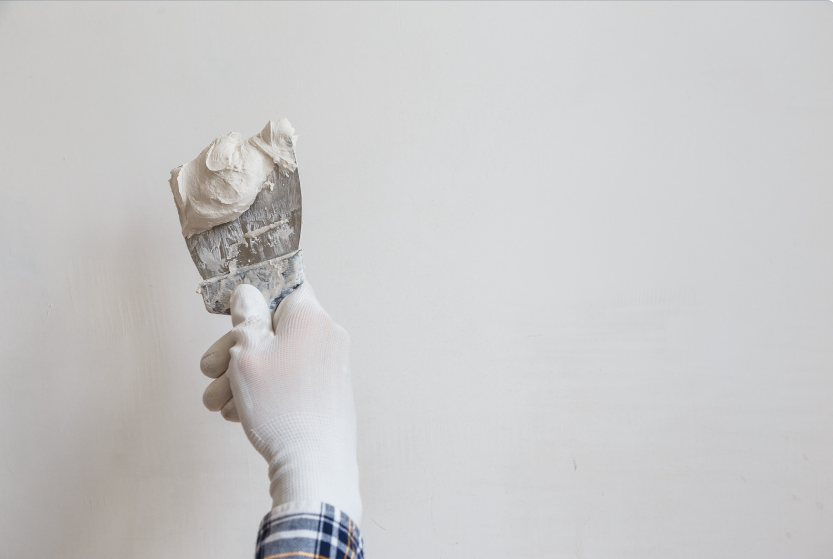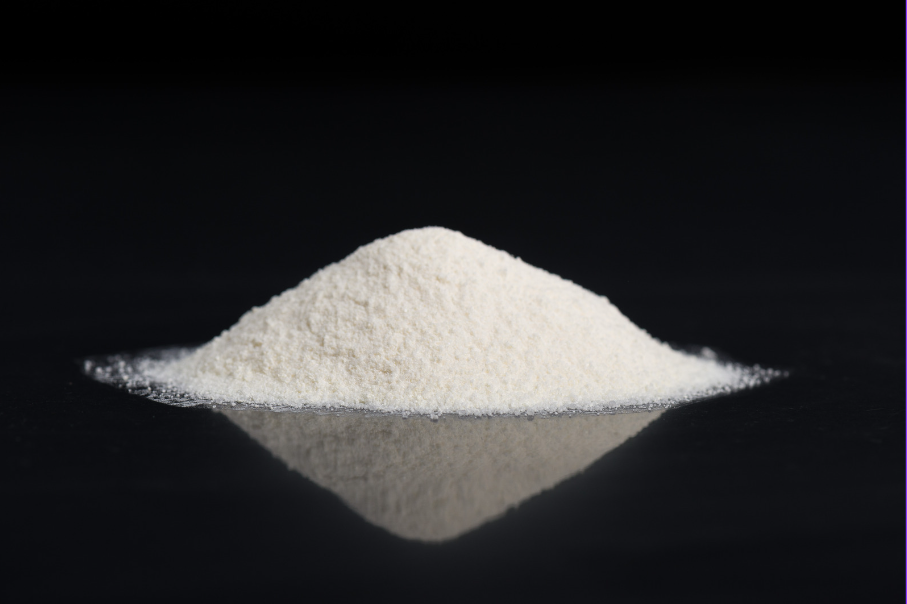1, Introduction to Carboxypropyl Methyl Cellulose (CPMC)
Understanding the Composition of CPMC
Carboxypropyl Methyl Cellulose, often abbreviated as CPMC, is a cellulose derivative synthesized by chemically modifying natural cellulose fibers. This polymer is structured to create a stable, highly viscous substance when dissolved in water, making it an ideal ingredient in a variety of construction materials. Its molecular structure allows for versatility in its applications, particularly in enhancing the functional properties of construction components like putty powder.
Historical Usage in Construction Materials
The inclusion of cellulose derivatives in construction is not new; however, the specific application of CPMC has evolved over time. In earlier decades, builders predominantly relied on natural materials and rudimentary additives to improve mortar or plaster, but modern advancements have unveiled the superior benefits of chemically modified cellulose products. As the demand for improved building materials has grown, CPMC has emerged as a key ingredient in the formulation of putty powder, offering unique advantages that traditional additives fail to provide.
2, Role of CPMC in Putty Powder Formulations
Enhancing Workability and Spreadability
In the realm of construction, the consistency of a material can make or break the efficiency of its application. Putty powder, when mixed with water, needs to spread smoothly across surfaces without becoming too runny or stiff. CPMC, due to its high water retention and gel-like properties, significantly improves the workability of putty mixtures. Workers find it easier to spread the mixture evenly over walls or ceilings, allowing for a more uniform application. This improvement in workability translates directly into reduced labor time and a more polished final result.
Improving Adhesion and Surface Finish
Beyond its effects on ease of application, CPMC also enhances the adhesive properties of putty powder. It creates a bond between the substrate (such as a concrete wall) and the applied putty, ensuring that the material sticks firmly in place. Furthermore, CPMC contributes to a finer surface finish, reducing the occurrence of rough spots or uneven patches. The result is a smoother, more aesthetically pleasing surface that is ready for painting or additional treatment.
3, Comparative Advantages of CPMC Over Traditional Additives
Moisture Retention and Its Impact on Longevity
One of the most significant advantages of CPMC over traditional additives is its unparalleled ability to retain moisture. In construction, moisture retention is crucial because it allows the putty to dry at a controlled rate, preventing rapid evaporation that can lead to premature cracking or shrinking. Materials that dry too quickly tend to be brittle and prone to damage over time, but CPMC ensures that the moisture remains trapped within the putty mixture long enough for the material to cure properly, enhancing its overall durability and longevity.
Resistance to Cracking and Shrinkage
Cracking and shrinkage are common issues in traditional putty formulations, particularly when natural additives are used that do not offer sufficient flexibility or elasticity. CPMC, however, imparts a level of plasticity to the putty powder, allowing it to flex slightly with changes in temperature or humidity. This flexibility reduces the risk of hairline cracks or surface fissures forming after application, especially in environments that undergo frequent thermal fluctuations. In this way, CPMC extends the life of the applied material, maintaining its integrity even in challenging conditions.
4, Environmental and Economic Considerations in Using CPMC
Sustainability of CPMC as a Green Additive
With growing awareness of environmental concerns in the construction industry, the sustainability of materials has become a pressing issue. CPMC stands out as a relatively eco-friendly option. Derived from cellulose, which is sourced from renewable plant fibers, it is biodegradable and non-toxic. Unlike synthetic polymers that may leave harmful residues or contribute to pollution, CPMC offers a greener alternative that aligns with modern sustainability goals. Its use in putty powder formulations reflects a shift towards more responsible building practices that minimize environmental impact.
Cost-Effectiveness for Large-Scale Construction Projects
In addition to its environmental benefits, CPMC is also a cost-effective solution for large-scale projects. Its ability to enhance the properties of putty powder reduces the need for multiple coats or additional materials, leading to savings in both time and resources. Furthermore, the long-term durability of CPMC-infused putty means fewer repairs and touch-ups are required over the lifespan of a building, reducing overall maintenance costs. For developers and contractors, this makes CPMC an economically sound choice that doesn’t compromise on performance or sustainability.
In conclusion, Carboxypropyl Methyl Cellulose has proven to be a game-changer in the formulation of putty powder. Its unique chemical properties enhance both the application and durability of the material, while also addressing environmental and economic concerns. As construction continues to evolve, the integration of innovative additives like CPMC will undoubtedly play a pivotal role in shaping the future of sustainable building practices.


